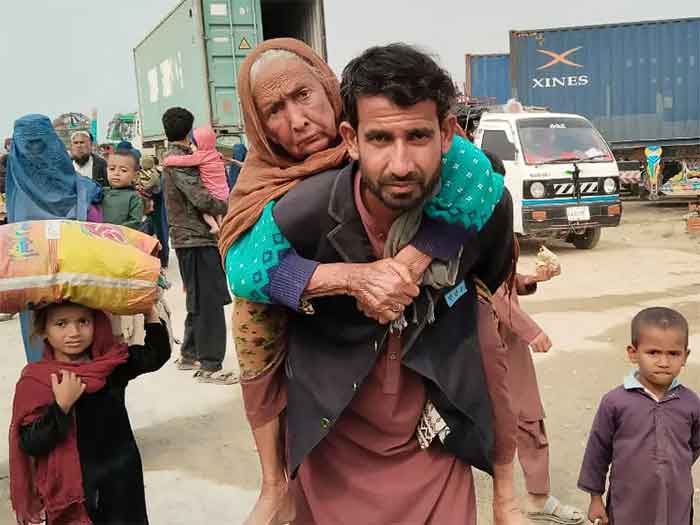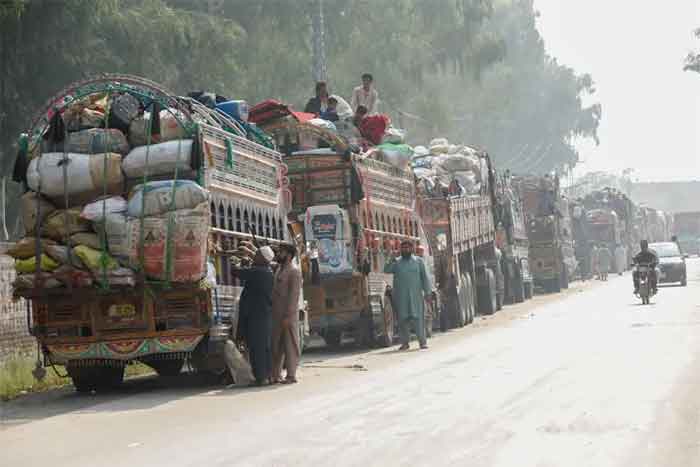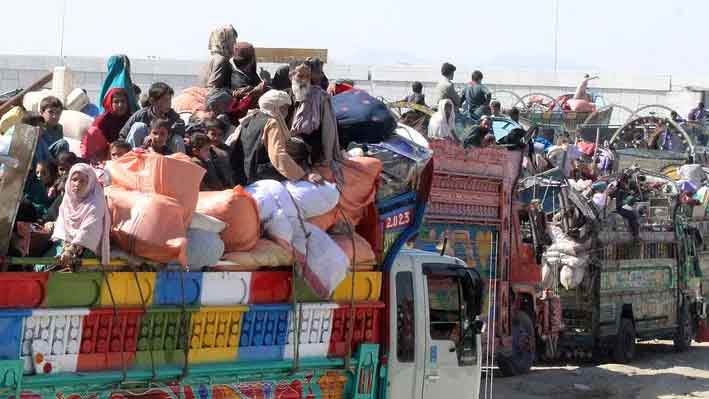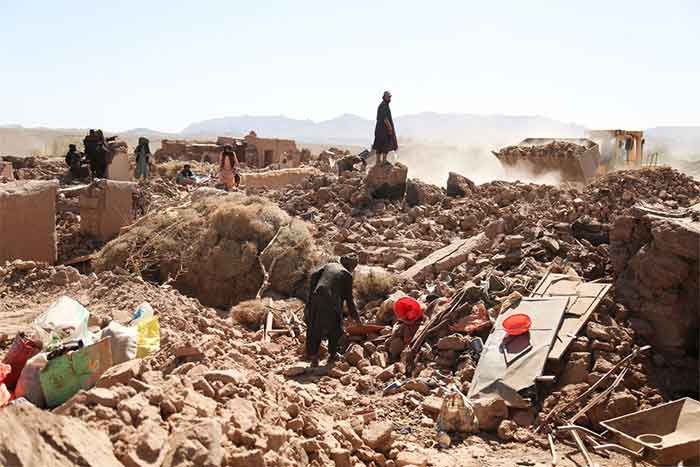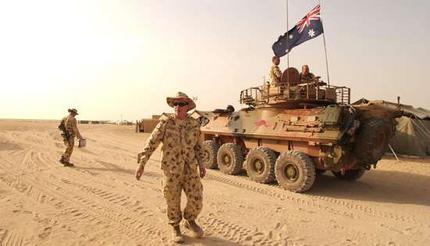
In 2016, Australian Major General Jeff Sengelman approached the then chief of the Australian army Lieutenant General Angus Campbell with a nagging worry. The concern lay in allegations that Australian special forces had committed various war crimes in Afghanistan. Sengelman was then special forces commander; Campbell was chief of the army. Sociologist Samantha Crompvoets was duly commissioned to write a report on “Special Operations Command Culture interactions”. It was leaked in 2018, and claimed that Australia’s special forces had engaged in the “unsanctioned and illegal application of violence on operations” aided by a timorous leadership and perception of impunity.
Campbell duly tasked the inspector-general of the Australian Defence Force, James Gaynor, with the role of investigating war crimes allegations connected with the Special Operations Task Group during stints in Afghanistan between 2005 and 2016. Paul Brereton, a New South Wales Supreme Court judge and major general in the Army Reserve, was given the task of leading the inquiry. For four years, it has been conducted under conditions of utmost secrecy. The instrument directing the inquiry, and the terms of reference of the inquiry, remain unpublished.
The report is expected to be completed by year’s end, though some preparations for softening the blow are already being made. The IGADF annual report of 2018-9, tabled in parliament in February, at least alludes to the fact that more than 338 witnesses have been examined since March 2016, noting “55 separate incidents or issues under inquiry covering a range of alleged breaches of the Law of Armed Conflict, predominantly unlawful killings of persons who were non-combatants or were no longer combatants, but also ‘cruel treatment’ of such persons.” Exclusions are already clear: decisions made during the “heat of battle,” for instance, are of no concern. Focus, instead, “is on the treatment of persons who were clearly non-combatants or who were no longer combatants.”
In an interview with journalist Stan Grant in an online conference series, Defence Minister Linda Reynolds was not optimistic about what would be unearthed. “I think that will make some very significant findings, ones that I’m certain will make Australians uncomfortable and also dismayed at. So, I think we do need to prepare ourselves for that.” While she had not seen the report, she felt that there was enough to be troubled by, though “that in no way reflects on our current serving men and women both here and overseas who are doing an extraordinary job for your nation.”
The Senator is keen to push the point that things have improved since those dark days. Army Commander Lieutenant General Rick Burr also made the point in a note to Australia’s soldiers that, “This is not who we are and not what we stand for.” He seemed to show some fondness for the bad apple theory, “concerned about the impact of those findings on those of you who served in Afghanistan and other operations and who served as professionals with pride and integrity. You did the right thing.”
The ADF establishment has been particularly concerned with what is seen as the isolation of the special unit arm from the rest of the army. Over the course of 20 rotations over 11 years in Afghanistan, “catastrophic and cultural shortfalls” have been identified within the Special Operations Command. The Special Air Service Regiment and commandos have also been at each other’s throats in what can only be described as competitive viciousness.
Lying behind such lines of inquiry is a policy of containment: the idea that atrocities can be stemmed, cordoned off, and identified as the work of a few rotters within a rotten culture. Identify the culture and its advocates; neutralise them. Burr is confident that this has already taken place, using the insufferable language of organisational management in describing “substantial cultural and professional transformation.” The question as to why such outfits should be deployed in the first place is never asked, leaving politicians and commanders immune and smug from the horrors of war and the stupidities of armchair planning.
While the IGADF inquiry has been moving slowly along, the exposes have come thick and fast. The Australian Broadcasting Corporation has become the main font of disturbing revelations, its Afghan Files a trove of bloody and brutal adventurism. The impact of their exposure led to investigations by the Australian Federal Police, not into allegations of such atrocities, but those who wrote about them. Only this month, ABC journalist Dan Oakes received the comforting, if cold news, that he would not be prosecuted by the Commonwealth Director of Public Prosecutions in the aftermath of raids conducted on the national broadcaster last year. The CDPP waved the magic wand of public interest, and thought it poor form to be pursuing a journalist for exposing the misdeeds of Australia’s military effort in Afghanistan. But more troubling for Oakes, the CDPP thought that any prosecution would have stood a reasonable chance of success.
Another matter of concern regarding the future efficacy of the inquiry has also surfaced. This month, the ABC obtained an internal Defence Department bulletin noting the placing of an embargo on the shredding of any records relating to ADF operations in Afghanistan between 2001 and 2015. The embargo stemmed from the Afghanistan Inquiry Task Force established with the “primary role” of preparing “Defence to receive and respond to the IGADF Afghanistan Inquiry report.” Startling that this should have taken four years, but the Defence Department saw little trouble with it. According to the dull formulation of a spokesperson, “In accordance with these requirements, key operational records relating to planning and conduct become eligible for destruction after 20 years.”
This should have caused a flurry of consternation. For Rawan Arraf, director of the Australian Centre for International Justice, the timing of the embargo raised “serious questions about whether the Defence Department has had the proper processes in place; whether it has been complying with its regulations and international guidelines on record keeping and data protection, especially where it’s relevant to investigating any potential violations of international humanitarian law or the laws of armed conflict.”
While the findings of such inquiries will duly fill the books of military history, they will not alter the central problem in Australian military and foreign policy: that constant craving to deploy personnel to harsh foreign theatres without obvious strategic necessity. Australia’s SAS and the commandos can rightly be seen to be the Ghurkhas of the US military, an elite annexe serving as auxiliaries for foreign power.
Troubled and ruined, Afghanistan has been killing, maiming and driving the imperially minded insane for centuries. It has mocked and derided invaders, swallowed up armies. The tag of military professionalism is mere dinner table formality in the face of unconventional warfare; when engaged in such areas of battle, the rules will go out the window. By all means, hold the soldiers to account for such cruelties, but the same could be said about those who sent them there in the first place, decision makers who remain perennially immune from a prosecutor’s brief.
Dr. Binoy Kampmark was a Commonwealth Scholar at Selwyn College, Cambridge. He lectures at RMIT University, Melbourne. Email: [email protected]
SIGN UP FOR COUNTERCURRENTS DAILY NEWSLETTER

